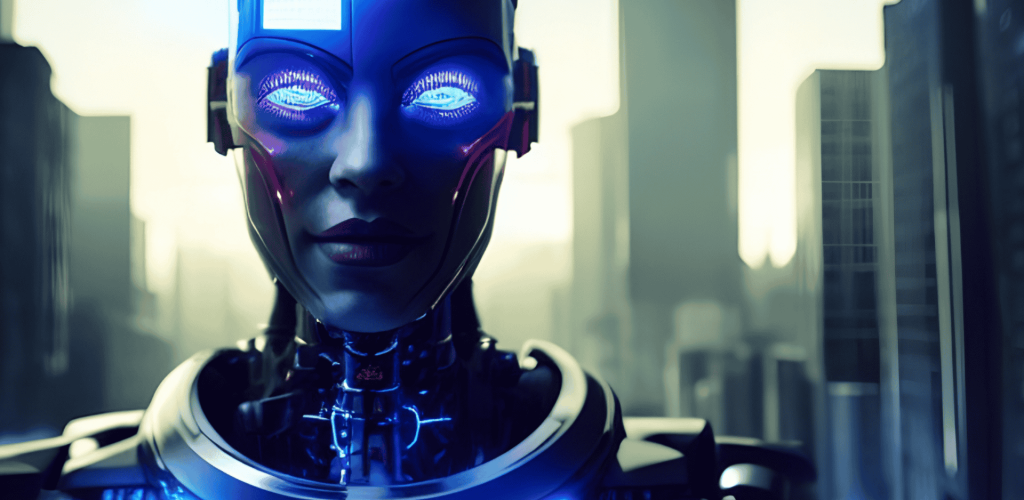
Is AI Dangerous? Breaking Down the Risks and Benefits
From voice assistants to self-driving cars, AI is becoming a major part of our lives. But as the technology advances, many people are asking:
Is AI dangerous? Can it be trusted?
In this post, we’ll explore both sides of the story — the amazing benefits AI brings, and the real risks we need to be aware of.

✅ The Benefits of AI
AI isn’t just science fiction — it’s already helping us in powerful ways.
Better Healthcare
AI helps doctors detect diseases earlier (like cancer or eye conditions).
Robots assist in surgeries with high precision.
AI tools analyze scans and data faster than humans.
🏥 AI saves lives by speeding up diagnosis and treatment.
Smarter Everyday Tools
Google Maps uses AI to give real-time traffic updates.
Netflix and Spotify suggest shows or music based on your taste.
ChatGPT helps with writing, planning, and learning.
🤖 AI boosts convenience in apps you already use daily.
Increased Productivity
AI automates boring, repetitive tasks.
Companies use AI to handle customer support or data entry.
AI speeds up research and content creation.
📈 More work gets done in less time, freeing humans for creative tasks.
Personalized Experiences
AI tailors your online shopping, news feed, or social media suggestions.
Smart assistants like Alexa and Siri respond to your preferences.
Learning platforms adjust content to your skill level.
🎯 You get more relevant, helpful content — faster.
⚠️ The Risks of AI
But it’s not all good news. AI also brings serious concerns.
Job Loss from Automation
Robots and AI systems can replace human workers in factories, offices, and even creative industries.
Roles like customer service, data entry, and driving may be at risk.
👷 Many jobs will change — and some may disappear.
Bias and Discrimination
AI learns from data — but if the data is biased, so is the AI.
Some systems have shown racial or gender bias, especially in hiring or policing tools.
⚖️ Bad data leads to unfair outcomes — and real-world harm.
Privacy and Surveillance
AI tracks behavior through apps, cameras, and devices.
Facial recognition tech is used in some places without consent.
Data collection can feel invasive if not regulated.
🔍 AI can help — or spy, depending on who controls it.
Misinformation and Deepfakes
AI can generate fake news, clone voices, or create deepfake videos.
This makes it harder to know what’s real or fake online.
🧠 AI can be misused to deceive or manipulate people.
Loss of Control (Future Risk)
Some experts worry that superintelligent AI (AGI) could one day act against human interests.
If AI becomes too powerful and unregulated, it could be hard to stop.
🚨 This is a long-term risk, but one many researchers take seriously.
🧠 What Experts Say
Elon Musk and Stephen Hawking warned about unchecked AI.
Organizations like OpenAI and DeepMind stress ethical AI development.
Most experts agree: AI is not evil, but it needs strong guardrails.
🛡️ How Can We Use AI Safely?
To keep AI helpful (and not harmful), we need:
Transparency: Know how AI decisions are made.
Regulation: Governments should set rules to prevent misuse.
Ethical Design: Developers must train AI with fairness in mind.
Public Awareness: The more we understand AI, the better we can shape it.
💡 AI is a tool — it depends on how we build and use it.
🔚 Final Thoughts
So… is AI dangerous?
Yes and no.
AI has incredible potential to help humanity — but it also carries risks if misused or left unregulated. Like fire, electricity, or the internet, it can be both a powerful tool and a potential threat.
The key is to stay informed, support ethical innovation, and build a future where AI works with us — not against us.
🙋♀️ FAQs
Q1: Can AI become evil?
AI doesn’t have feelings or intentions. It does what it’s trained to do — good or bad depends on the humans behind it.
Q2: Will robots take over all jobs?
Not all jobs. Many will change, and new careers will be created. But repetitive tasks are at risk of automation.
Q3: Should we ban AI?
Not necessarily. Responsible development with regulations and ethics is the better path forward.
